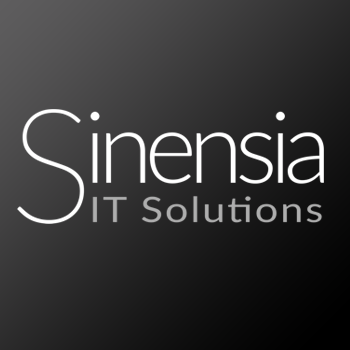
Descripción: Curso DB2 10 for z/OS Database Administration Part 2
Formación en IBM Db2
This course is a continuation of course DB2 10 for z/OS Database Administration Workshop Part 1 (CV831) and is designed to teach you how to perform additional database administration tasks.
This course replaces DB2 for z/OS Database Administration Workshop Part 2 (CV841). This is the Classroom version of Instructor-led online course DB2 10 for z/OS Database Administration Part 2 - ILO (3V842).
Formación IBM
Detalles
Day 1
- Welcome
- Unit 1: Transition from DB2 9 for z/OS Database Administration Workshop Part 1 (CV830) to DB2 for z/OS Database Administration Workshop Part 2 (CV841)
- Unit 2: Program Preparation and Use of Packages
- Exercise 1: Program Preparation
- Unit 3: Online Schema Changes
- Exercise 2: Online Schema Changes
Day 2
- Unit 4: Clone Tables
- Exercise 3: Clone Tables
- Unit 5: Partition Management
- Exercise 4: Partition Management
- Unit 6: UDTs and UDFs
- Exercise 5: UDTs and UDFs
Day 3
- Unit 7: Stored Procedures
- Exercise 6: Stored Procedures
- Unit 8: Triggers
- Exercise 7: Triggers
- Unit 9: Large Objects
- Exercise 8: LOBs
This intermediate course is for Database Administrators and System Programmers who would like to get insight into database administration tasks. The course lab exercises are performed on a DB2 10 for z/OS environment.
You should have attended course:
- DB2 10 for z/OS Database Administration Workshop Part 1 (CV831)
or have attained a similar level of experience.
- Execute program preparation steps including resolving common problems, defining collections and packages, and versioning of packages
- Alter table characteristics such as data types of columns and identify the impact of making such changes
- Alter indexes to add columns or to change the varying length or clustering characteristics of the index, and identify the impact of making such changes
- React to the 'Advisory Reorg' Database Exception Table state
- Make appropriate decisions to successfully handle table space versions
- Given the usage of the data, determine an appropriate option for dealing with the need for adding partitions or rebalancing data partitions
- Determine the applicability and implement clone tables, user-defined distinct types, user-defined functions, stored procedures, triggers, and large objects
Contáctenos a través de >éste formulario<
Precios especiales para la formación de grupos
Podemos adaptar cualquier curso a sus necesidades, e impartirlo en sus instalaciones o en nuestros centro de formación ContáctenosCursos relacionados


